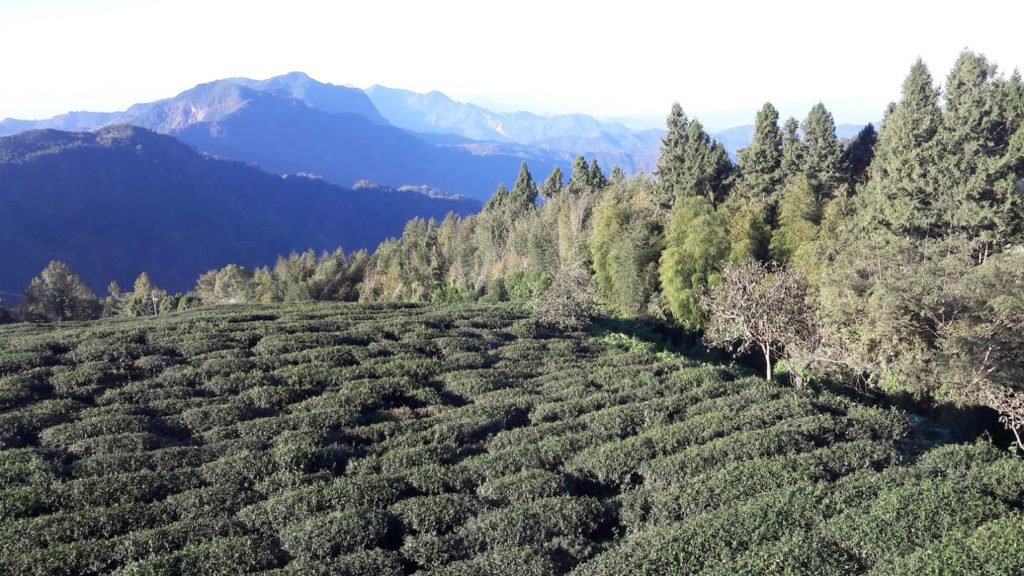
China is the largest book publisher in the world and yet reading Chinese novels does not always get very good press. With the six books that we are recommending, we hope to show a different picture: these are books that have been translated over the last two years into French and English and are readily available from online sellers in book form and often as electronic files.
High quality texts, very different themes and styles that have been supported by articles into French and English on my blog www.mychinesebooks.com.
– Chi Zijian: “Snow and Crows” (1)

This novel does not take us away from the coronavirus; the book was published in China in 2010 on the anniversary of the 1910/1911 plague epidemic that killed 60,000 people in Manchuria in northern China. The novelist brings us back to the city of Harbin, which at the time was populated mainly by Russians and was developing with the Trans-Siberian railway.
Very diverse characters, a tone that avoids the tragic. An epidemic that is misjudged by the authorities: it is not a bubonic plague transmitted by rats but a pulmonary plague that spreads like the coronavirus.
A Chinese doctor, born in Malaysia and trained in Cambridge, Wu Liande, puts in place all the techniques to control the epidemics that we face every day: lockdown, masks, emergency hospitals, isolation of the districts and the city of Harbin.
The struggle between specialists can be quite tough and a French doctor, supported by the consular authorities, will try unsuccessfully to oust him; he will die for refusing a mask, his obituary in a newspaper of the city of Brest in France is a masterpiece of colonial literature!
– Wu Ming-yi, “The Magician on the Bridge” (2)
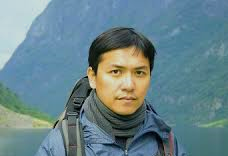
A completely different book, a collection of beautiful short stories by one of Taiwan’s great writers. The Chunghua market, in the heart of the megalopolis of Taipei, the capital, consists of eight buildings linked by footbridges. It could be the author’s kingdom, a link that unites the merchants, the author and his classmates; the space for all the adventures for children and their families that are at the centre of many stories.
Lots of emotion, a poetic tone and the key character, the magician, who sells magic tricks to children. “It is only when forgetfulness intertwines with memory that memories deserve to become stories” (p.252).
– Fang Fang: “Soft Burial” (3)
A novelist who is much talked about because she has just published a blog about her more than two months of confinement in Wuhan, in the heart of the coronavirus outbreak.
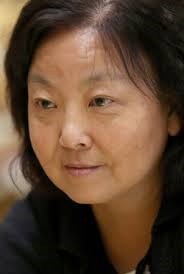
“Soft Burial” is a great novel; on the border of Sichuan province, families of large landowners are expropriated by the land reform of 1947 to 1952: 40% of the land changed hands throughout China with at least 1.5 million dead. Soft burials are a source of terror, a body buried directly in the ground has the risk of not being able to reincarnate.
This is not a historical novel. It is a very complex book, beautifully arranged between past and present and the two lives of the heroine, Hu Daiyin, who lost her memory in 1952. Sometimes you feel like you are in a detective novel, the characters discover common backgrounds ; a calm, a very calm tone with sometimes superb descriptions of large gardens and houses.
Many people died because Mao Zedong wanted to eliminate landowners and village chiefs so the Party could control the peasants. In Taiwan, it was only a question of redistributing land and the agrarian reform was carried out without victims.
– Qiu Xiaolong: “China, hold your breath” (4)
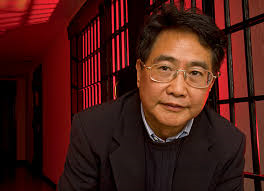
Everyone knows about Inspector Chen Cao’s police investigations, written by Qiu Xiaolong, a novelist and poet, born in Shanghai and living in the United States since 1988.Ten novels, translated into some 20 languages and sold more than two million copies.
Qiu Xiaolong manages to create a detective novel and to hook his readers with a difficult subject, air pollution. We find Shanshan, the love of Chen Cao, whom we met around Lake Tai in a previous novel; for her, “people don’t believe in anything anymore…So the problem is not only water, air or food pollution, it’s also mind pollution” (p.146).
The impact of pollution in China is considerable and we have seen, with an economy partially at a standstill with the coronavirus, that this pollution could decrease dramatically (same observation in Paris).
Qiu Xiaolong also talks to us about poetry and gastronomy. A reading that makes you hungry. Amazing dishes, recipes transmitted by e-mail which can also be a way to communicate secretly!
– Yan Lianke, “The Death of the Sun” (5)
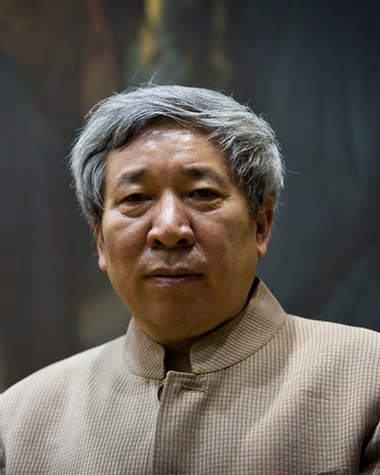
A great novelist who should be crowned with a Nobel Prize even though the majority of his works are not available in China. Published in Taiwan in 2015, this book is a kind of philosophical tale. An incredible night to be told by a fifteen-year-old boy, Li Niannian.
As soon as night falls, we see cases of sleepwalking, often of peasants heading towards their fields to harvest their wheat. As for Li Niannian’s family, they continue to run their funeral shop and to inform against those who bury their dead because a law has made cremation compulsory.
Incredible, absurd or grotesque events. Myth no doubt, but a living novel, descriptions, dialogues that capture the reader; the narration floats like a sleepwalker. The author refers to President Xi Jinping’s “Chinese Dream” but points out that with the very strict control of information, generations of Chinese have been like sleepwalkers without realizing it. It is also a plunge into the darkness of the human soul. Sleepwalking frees conventions and reveals true personalities.
– Sanmao, a superstar writer: (6)
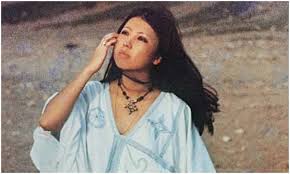
Nearly thirty years after her death, she remains a celebrity in China and Taiwan. Her best-known book, “Stories of the Sahara” has just been translated into English; a huge success in 1976, millions of copies sold. A romantic existence, the absolute reference for young Chinese women dazzled by her audacity, her love stories and above all her travels to some fifty countries. After studying in Taiwan, she travels, publishes and marries Jose Maria Quero, with whom she goes to live in El Aaiun, the capital of this part of the Sahara, Spanish at that time.
A beautiful book, with around twenty very different texts: daily life, travels, neighbours, her role as an educator and nurse. A pleasant style, an endearing personality, a book that is easy to read and has no historical or ethnological claims.
After Jose’s accidental death, she returns to Taiwan but the last years will be dark despite her fame. Finally, a song, “The Olive Tree”, for which she wrote the lyrics (sung by Chyi Yu).
Bertrand Mialaret
(1) Chi Zijian, ” Neige et Corbeaux “, translated into French by F. Sastourné. Editions P. Picquier, March 2020, 350 pages, 21.50 euros.
(2) Wu Ming-yi, ” Le magicien sur la passerelle “, translated by Gwennaël Gaffric, L’Asiathèque, March 2017, 270 pages, 19.50 euros.
(3) Fang Fang, “Funérailles Molles”, translated by Brigitte Duzan assisted by Zhang Xiaoqiu; L’Asiathèque 2019, 460 pages, 24.50 euros.
(4) Qiu Xiaolong, ” Chine retiens ton souffle “, translated from English by Adélaïde Pralon , Editions Liana Levi, 2018, 250 pages, Pocket, 7.20 euros. In English, ” Hold your breath China “, First World Publications, April 2020.
(5) Yan Lianke, “La mort du soleil”, translated by Brigitte Guilbaud. Editions P. Picquier, February 2020, 385 pages, 22.50 euros. In English, “The day the sun died”, translated by Carlos Rojas, Chatto&Windus. London 2018, 340 pages.
(6) Sanmao, “Stories of the Sahara”, translated by Mike Fu, Bloomsbury, 2019, 390 pages.





